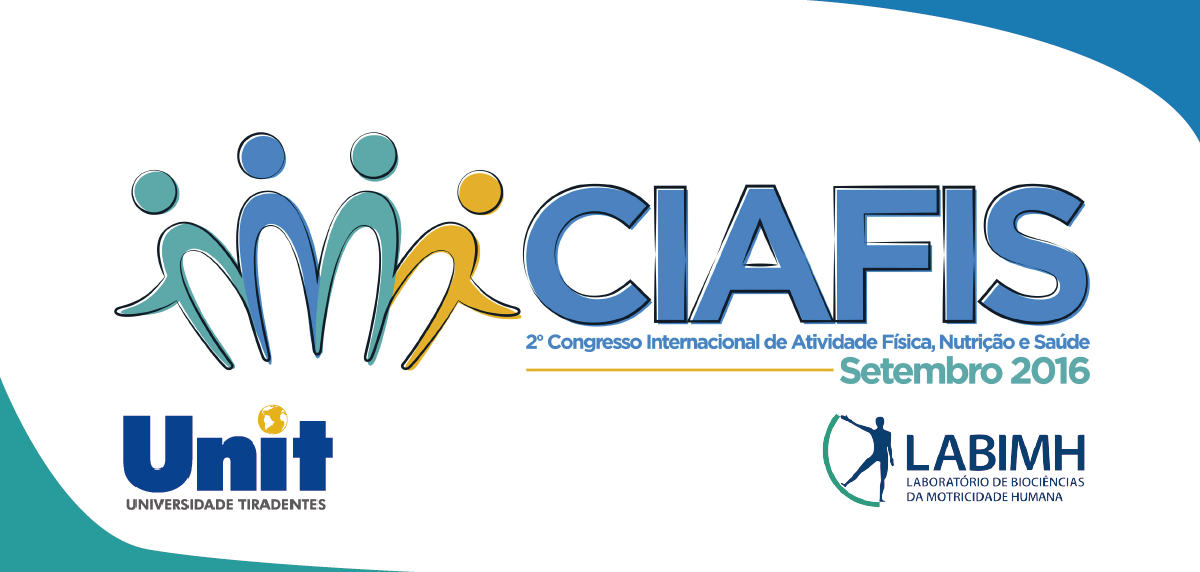CHARACTERIZATION AND ANTIOXIDANT EFFECT OF ETHANOL EXTRACT OF LEONURUS SIBIRICUS L.
Keywords:
Leonurus sibiricus L., antioxidant, in vitro.Abstract
Introduction: The use of natural antioxidants in the treatment and prophylaxis of diseases induced by free radicals has certain advantages. The great need for new compounds to treat this condition is imminent. Medicinal plants represent a viable alternative for this purpose. Leonurus sibiricus L. is a plant traditionally used to treat inflammation and few studies have described the effect of this plant. Aim: This study aimed to characterize and to investigate the antioxidant effects of the ethanol extract of arterial parts of L. sibiricus (EELs). Methods: Total phenolic and total flavonoid contents and HPLC analysis, as well as the antioxidant capacity by elimination of DPPH, ABTS and NO radicals, inhibition of lipid peroxidation and the ferric reducing antioxidant power (FRAP) were measured for EELs (in triplicates). Results were expressed as mean±SEM, and analyzed by ANOVA followed by Tukey´s test. P values <0.05 were considered as significant. Results: Total phenol and total flavonoid contents in the extract were 60.1 ± 0.1 mg/g of gallic acid equivalents and 15.4 ± 0.1 mg/g of quercetin equivalents, respectively. In the HPLC analysis of extract were found five phenolic compounds such as phenolic acids and flavonoids: Chlorogenic acid, caffeic acid, ferulic acid, p-coumaric acid and quercetin were identified. A significant decrease of DPPH radical (relative to the reaction system) was observed at concentrations of 50, 100, 250 and 500µg/mL of EELs (8.9±0.7, 18.3±0.2, 46.2±0.2 and 64.2±0.8%, respectively). Trolox (100µg/mL) also produced antioxidant capacity as it reduced (p<0.001) the DPPH radical (77.5±3.5%). For the radical ABTS was observed difference at concentrations of 2500 and 5000µg/mL of EELs (9.2±0.6 and 26.8±3.4%, respectively). Trolox (1000µg/mL) also produced antioxidant capacity as it reduced (p<0.001) the ABTS radical (63.0 ± 3.1%). For the\ radical NO was observed difference at concentrations of 50, 100, 250 and 500µg/mL of EELs (52.3±3.2, 41.2±3.1, 33.1±1.4 and 30.1±0.4 nitrite produced (NP), respectively). Trolox (100µg/mL) also produced antioxidant capacity as it reduced (p<0.001) the NO radical (27.4±0.1 NP).A significant increase in the reducing potential was detected through FRAP assay for the concentrations of 50, 100, 250 and 500µg/mL of EELs (52.7±9.4, 103.4±5.3, 236.7±1.1 and 431.2±3.4 ferrous sulfate equivalent (FSE), respectively). Trolox (100µg/mL) also increased (p<0.05) this parameter (721.4±1.4 FSE). The basal lipid peroxidation was inhibited at 100, 250, 500, 1000 and 1500µg/mL of EELs (16.4±0.8, 35.0±0.7, 48.0±2.4, 70.6±0.5 and 84.0±0.7% respectively). These concentrations of EELs also inhibited the lipid peroxidation induced by FeSO4 (19.1±1.9, 29.8±0.8, 33.1±1.0, 46.7±1.3 and 52.3±0.6% respectively). Trolox (100µg/mL) also reduced (p<0.05) the basal and induced lipid peroxidation (55.9±1.7 and 42.6±0.6% respectively). Conclusions: The present study showed that EELs possesses antioxidant activity, mainly by neutralizing free radicals and inhibiting lipid peroxidation.Downloads
Download data is not yet available.
Downloads
Published
2016-11-23
How to Cite
Cercato, L. M. (2016). CHARACTERIZATION AND ANTIOXIDANT EFFECT OF ETHANOL EXTRACT OF LEONURUS SIBIRICUS L. Congresso Internacional De Atividade Física, Nutrição E Saúde, (1). Retrieved from https://eventos.set.edu.br/CIAFIS/article/view/2902
Issue
Section
Resumo - Nutrição


